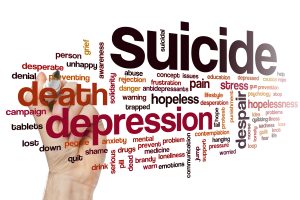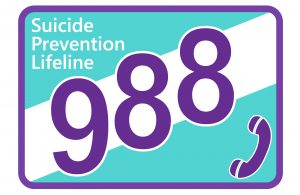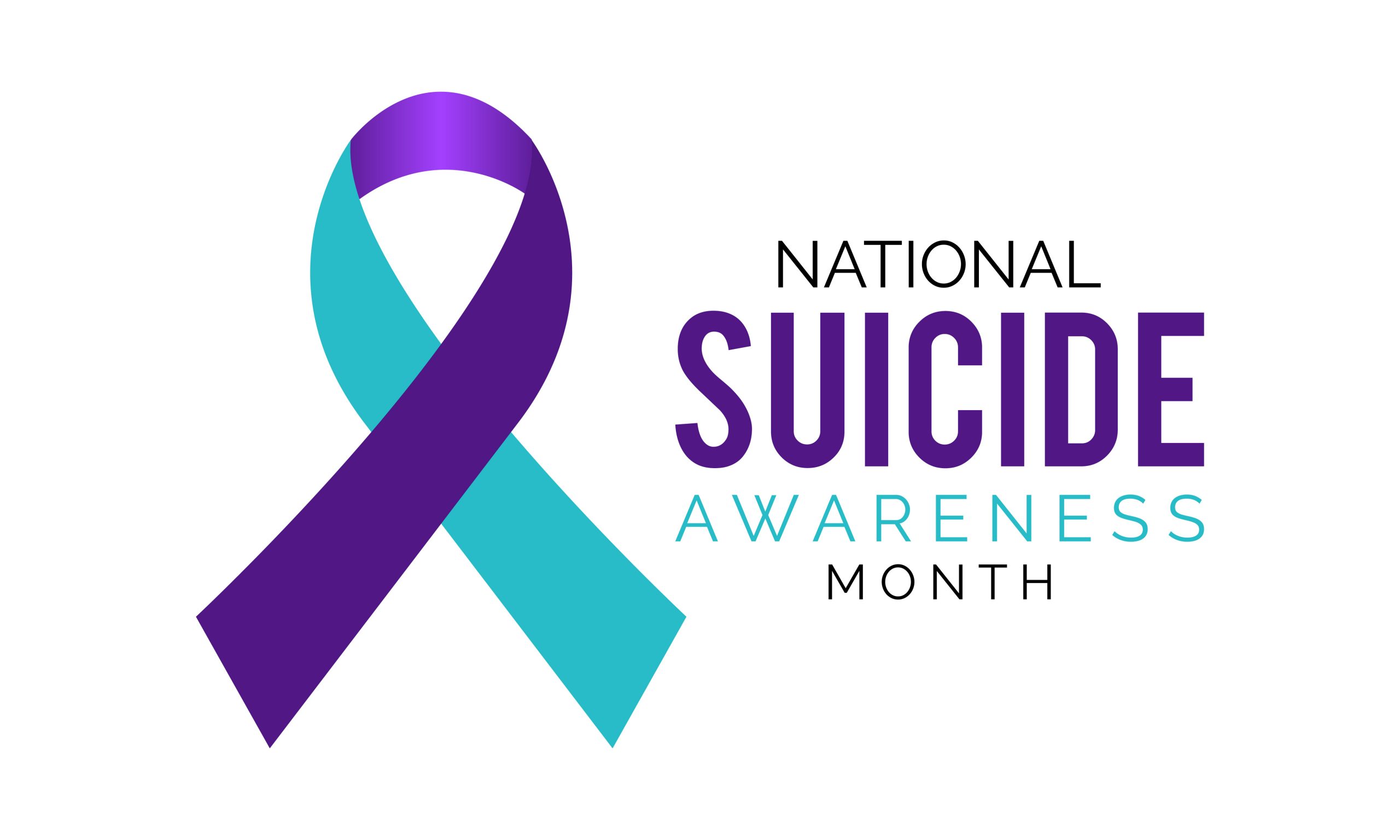Raising Awareness and Offering Support During Suicide Prevention Month
September is Suicide Prevention Month, dedicated to raising awareness, supporting those affected, and encouraging conversations around mental health. Millions are impacted by suicide each year, either directly or through the loss of loved ones. During this month, organizations like Carthage Area Hospital (CAH) focus on recognizing warning signs, offering support, and understanding the role of mental health services in prevention. Recognizing these signs and taking action early can make a life-saving difference, empowering friends, families, and communities to help those in need.
Suicide Rates Across Age Groups and Populations: Key Statistics
In 2022, suicide was the 11th leading cause of death in the United States. According to the American Foundation for Suicide Prevention there were nearly 49,476 deaths and 1.9 million attempts (2022). Suicide affects various age groups and populations in different ways. For instance, it is the second leading cause of death among individuals aged 10-34 in the United States. Among older adults, particularly those aged 85 and older, suicide rates are also alarmingly high, possibly due to factors such as isolation, illness, or loss of independence. The LGBTQ+ community, veterans, and individuals in rural areas also face heightened risks for suicide due to a range of complex social, economic, and mental health factors.
Understanding that suicide does not discriminate by age, gender, or socioeconomic status helps us approach prevention in a more holistic way, encouraging the recognition of risk factors across all walks of life.
Common Warning Signs of Suicidal Thoughts

Recognizing warning signs of suicidal thoughts is a crucial first step in helping someone who may be at risk. While every individual is unique, some common behaviors may indicate a person is struggling. These include:
-
Talking about wanting to die or kill oneself: Even if it seems like a casual comment or a joke, any mention of suicide should be taken seriously.
-
Increased substance use: Turning to alcohol or drugs more frequently can be a sign of distress.
-
Withdrawal from friends, family, and activities: Social isolation is a common behavior seen in individuals with suicidal thoughts.
-
Extreme mood swings: Sudden mood shifts, such as going from deeply depressed to unusually cheerful, can be a red flag.
-
Engaging in risky or self-destructive behavior: This could include reckless driving, drug abuse, or other dangerous activities.
-
Feeling hopeless or trapped: Expressing thoughts like “There’s no way out” or “I can’t take this anymore” is a significant sign that someone may need help.
It’s important to note that these signs can be subtle, and individuals may try to hide their feelings out of fear, shame, or not wanting to burden others.
How to Approach Someone Who May Be Struggling

If you notice warning signs in someone you care about, knowing how to approach the situation can feel daunting. However, initiating a conversation can make all the difference. Here are some guidelines:
-
Choose the right time and place: Find a private and comfortable setting where you won’t be interrupted.
-
Be direct but compassionate: Use open-ended questions like, “I’ve noticed you’ve been acting differently lately, and I’m concerned. Is everything okay?” It’s okay to ask directly if they are thinking about suicide.
-
Listen without judgment: Allow them to express themselves without interrupting or offering immediate solutions. Sometimes, just being heard is a significant first step.
-
Offer support and follow up: Reassure them that they’re not alone and that help is available. Encourage them to seek professional help or offer to accompany them to a mental health appointment if they’re comfortable with that. Even if the person initially declines help, continue to check in on them. Consistent support can create a safe space for them to reach out when they’re ready.
It’s essential to avoid dismissing their feelings or minimizing their pain. Statements like “It’s not that bad” or “You have so much to live for” may invalidate their emotions and make them feel more isolated.
The Role of Mental Health Services in Early Intervention


